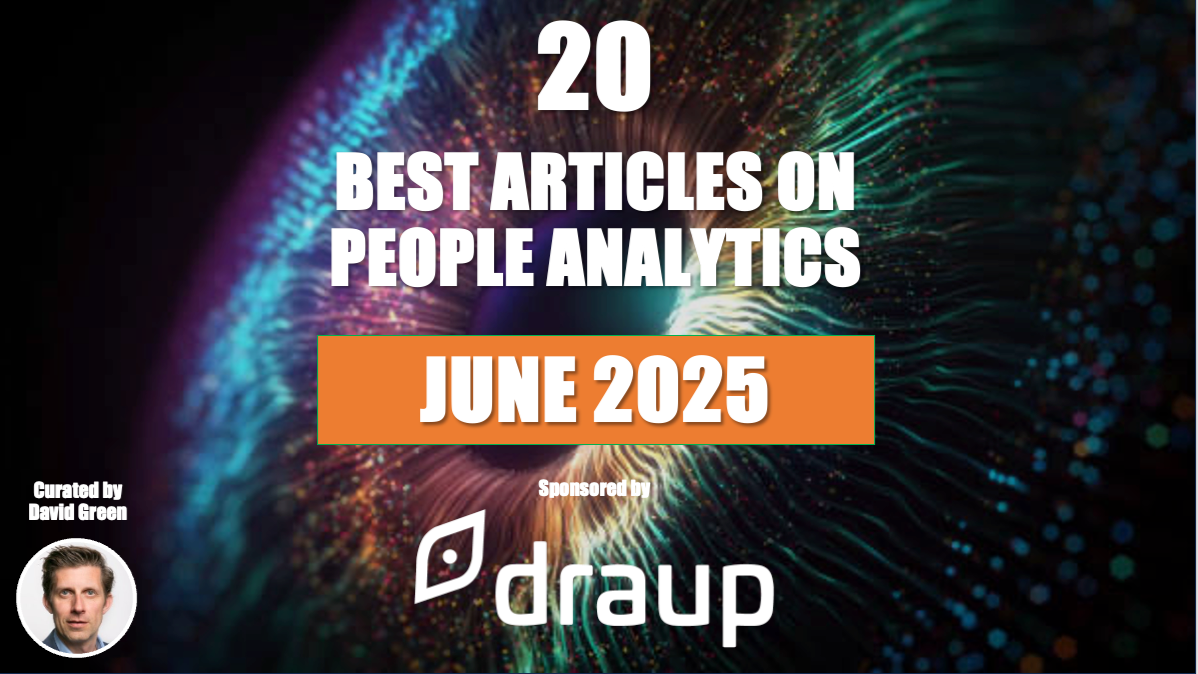 Strategic Workforce Planning
Strategic Workforce Planning
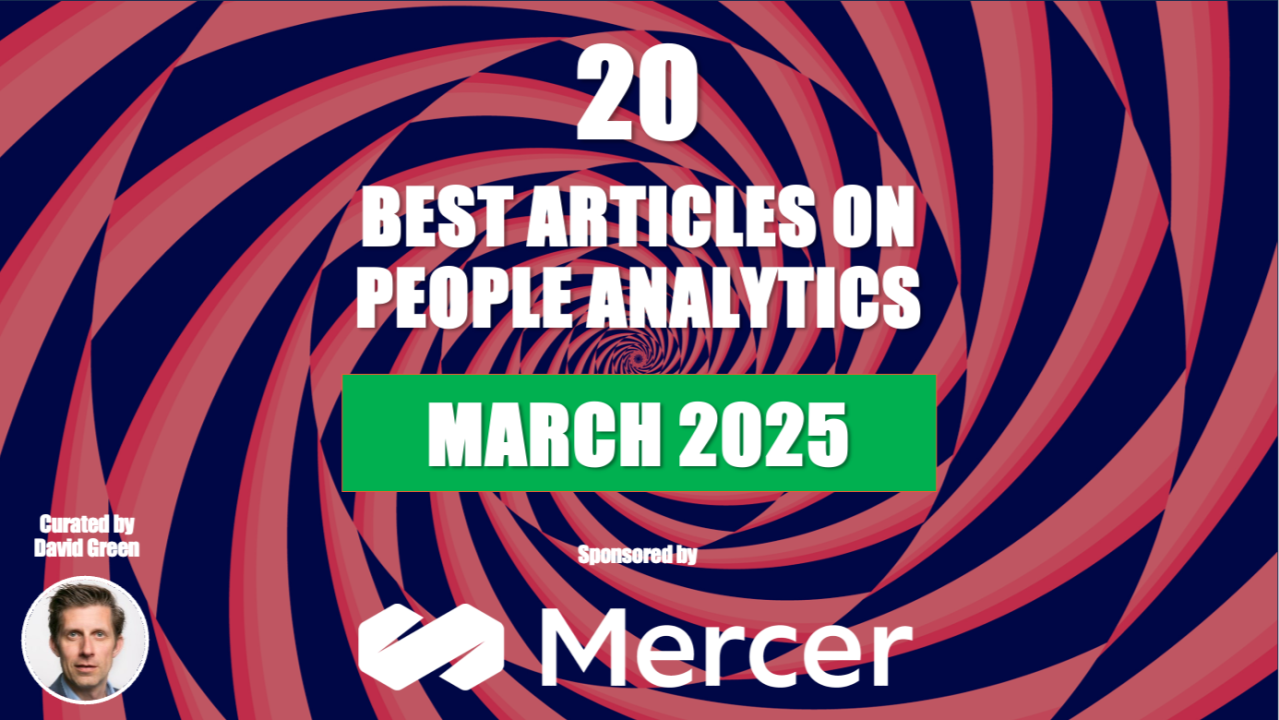 Strategic Workforce Planning
Strategic Workforce Planning
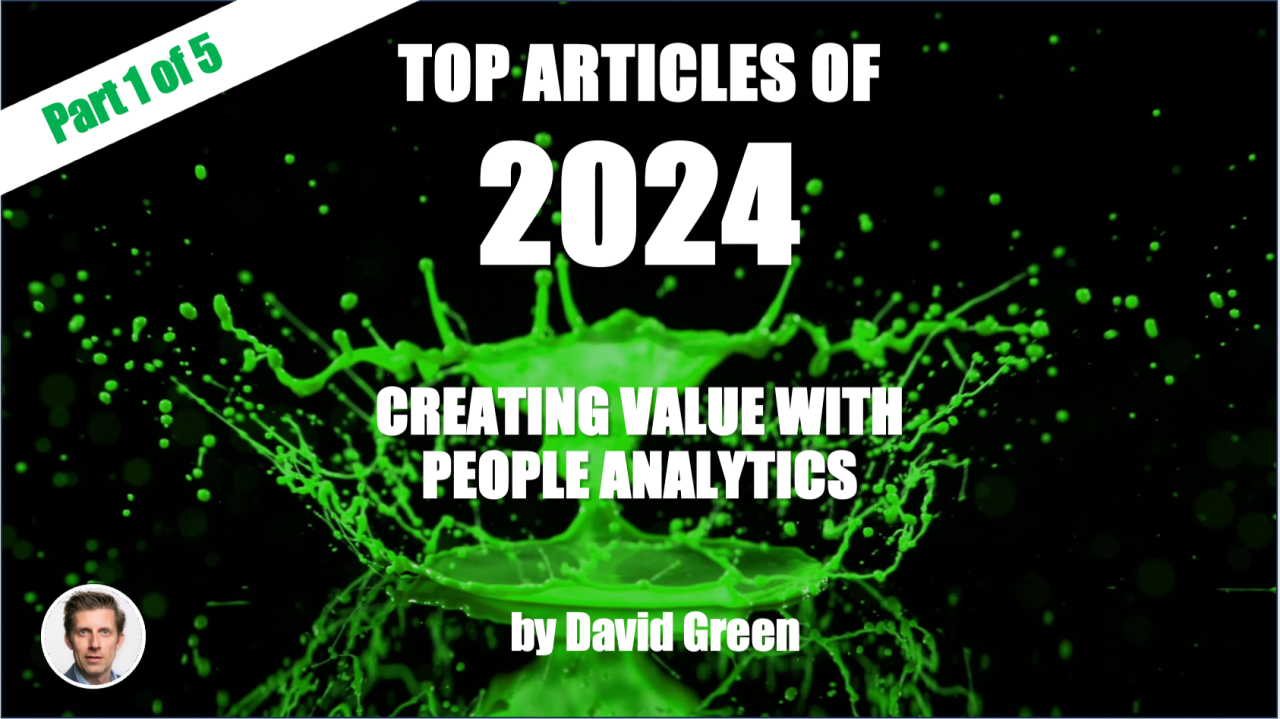 Strategic Workforce Planning
Strategic Workforce Planning
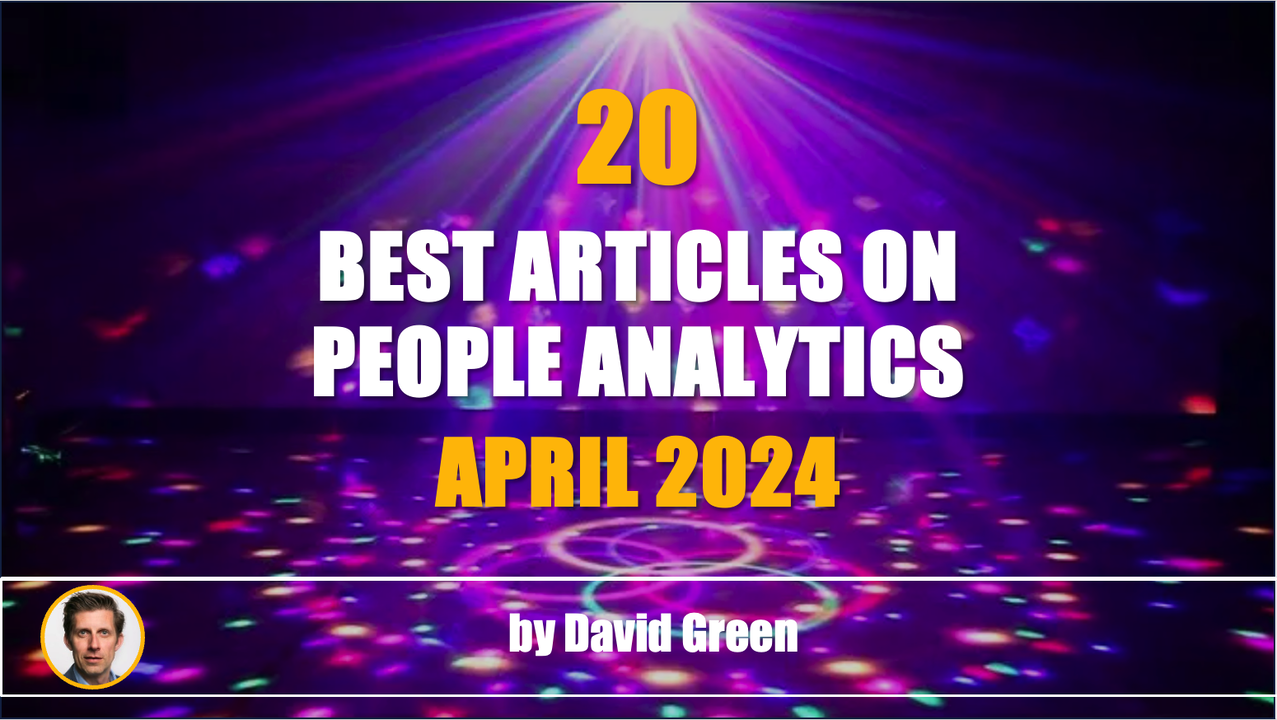 Strategic Workforce Planning
Strategic Workforce Planning
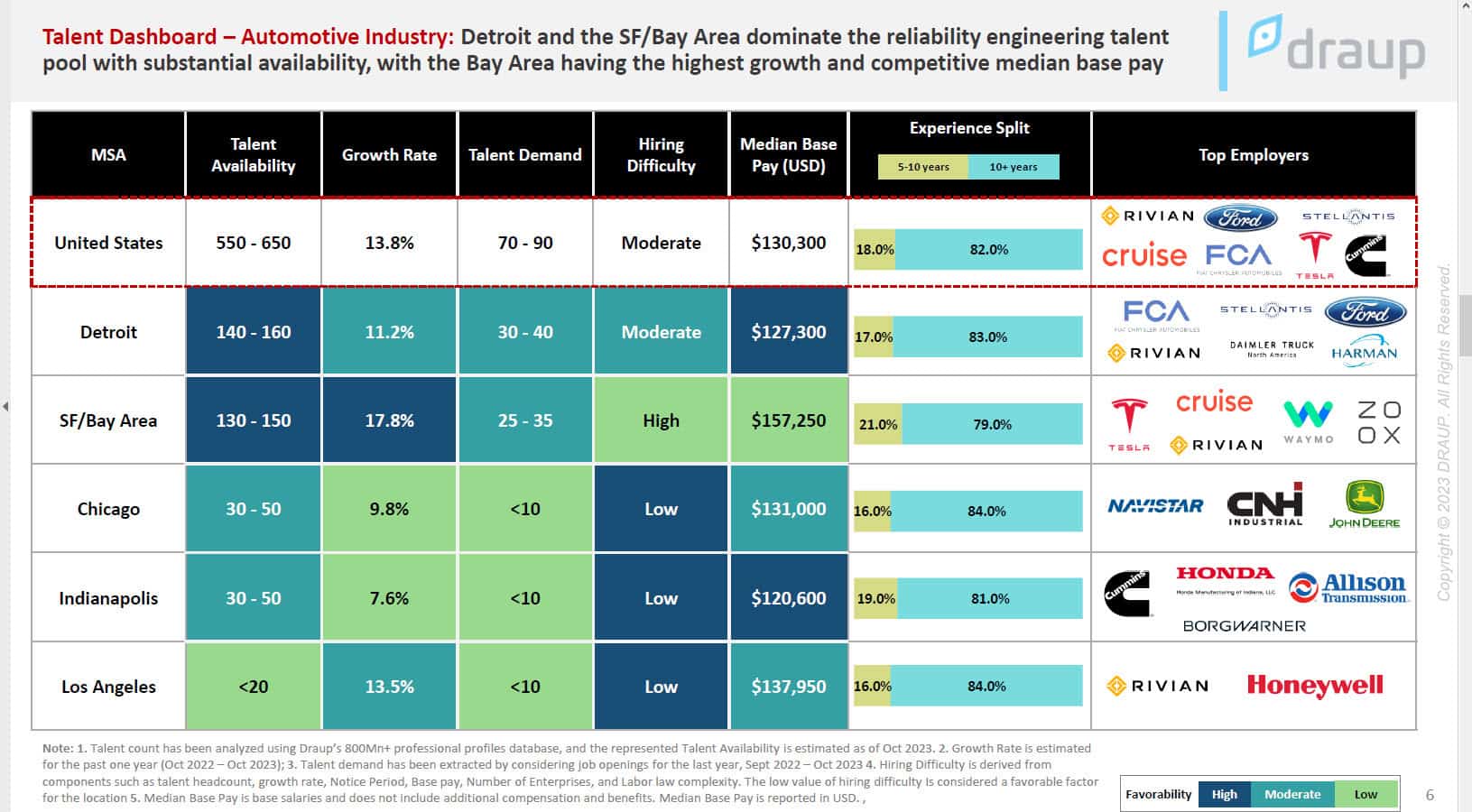 Strategic Workforce Planning
Strategic Workforce Planning





 扫一扫
添加客服
扫一扫
添加客服




